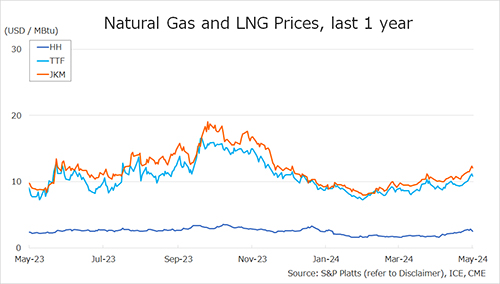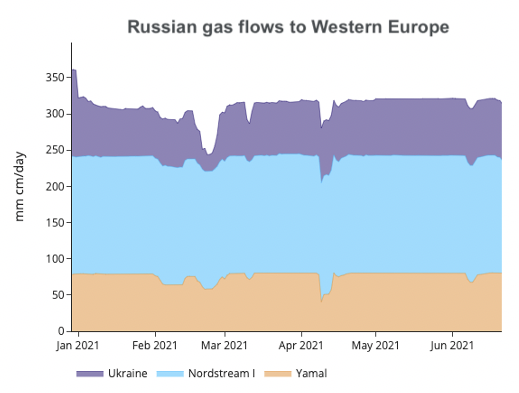

Despite record high TTF prices, Europe still cannot reverse the situation with LNG imports. This is not only due to strong demand from China, Japan and South Korea, but also to increased supplies to the regions that are not generally regarded as the main competitors for spot seaborne volumes. However, in 2021, a number of buyers outside the Big Three in East Asia have emerged from the shadows.
Europe’s LNG imports bounced back a bit amid sharp rise in gas prices in the regional market in the latter half of Q3, but September’s imports into 11 countries within NWE and Mediterranean are expected to remain well below 5 million tons for the third month running. Among other things, the growth in deliveries at European terminals has been restrained by the unprecedented demand for cargoes among consumers in Latin America, South Asia and Middle East, which together will receive around 21 million tons this summer, 6.7 million tons more than the average for the period from April to September in the two previous years.
This seemingly small amount of LNG could have partly improved the balance in the European gas market suffering from low storage levels. The increase in LNG imports to the three regions in Q2 and Q3 2021 against the same periods in 2019 and 2020 has exceeded this summer’s aggregated injections into the German underground facilities, and has been two times higher than was injected into the Dutch storages from April to September 2021.
Spot cargoes are responsible for most of the growth in LNG deliveries to Latin America, South Asia and Middle East, with volumes being supplied within the regions where liquefaction plants are located, as in the case of US exports to Brazil and Argentina, as well as being re-exported from Europe. Between July and September 2021, as many as seven cargoes were sent from the European terminals to Pakistan, Bangladesh and Kuwait, while another one was delivered from Spain to Puerto Rico, according to Kpler data.
Later this year and early next year, demand for extremely expensive spot LNG in those regions is likely to depend heavily on the availability of alternative energy sources, such as hydropower in Brazil or HSFO in South Asia. In the meantime, loadings continue to set new records, with buyers ready to pay almost $30/MMBtu for a cargo.
Source: Yakov Grabar













